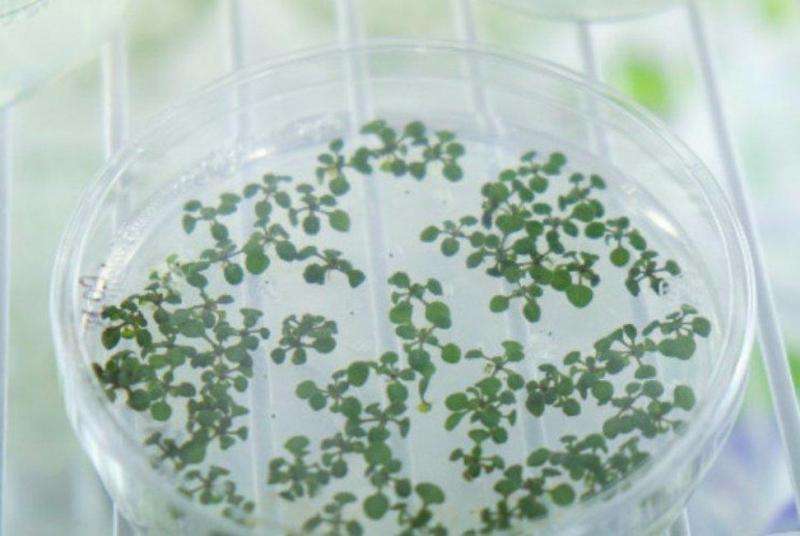Credit: Inna Basyrova
The current dilemma of inorganic phosphorus depletion and pollution caused by excess phytate levels in the soil poses a long-term risk for sustainable agriculture.
"Phytases are enzymes that hydrolyze phytate and release phosphates. Plants have endogenous phytases in seeds, but their activity in other plant tissues is very low. In contrast to many higher eukaryotes, microorganisms (bacteria and fungi) can scavenge phosphorus from phytate because they produce a variety of phytases with very different modes of action and specificity", shares researcher Lia Valeeva.
Along with her peer Nyamsuren Chuluuntsetseg and supervised by Prof. Margarita Sharipova of the Department of Microbiology and Prof. Eugene V. Shakirov of UT Austin, they conducted a unique bioengineering experiment: They transplanted the phytase gene of Pantoea agglomerans (gram-negative and known as an opportunistic pathogen) to Arabidopsis thaliana weed in order to increase the plant's ability to break down highly stable and insoluble phosphorus compounds.
The sequence of Pantoea sp. paPhyC gene was codon-optimized for expression in A. thaliana. All wild-type (WT) and transgenic plants were grown in controlled-environment conditions (16 h light period/ 8 h dark period) at 22º C and 60 percent humidity. Before planting, soil was sterilized by autoclaving, and all plants were watered every 2 to 3 days with distilled water.
The transgenic plants express phytase at both the transcription and translation levels and can serve as a model for better understanding of the effects of bacterial phytase expression in plant tissues on plant metabolism, growth and development. While some microbial phytases can be used to engineer plants that are able to grow on phosphate-depleted medium, others can be used to engineer low-phytate plants better suited for animal feed and less likely to contribute to increased environmental pollution.
The results indicate that bacterial enzymes in plants can be an efficient way to potentially increase crop performance in conditions of inorganic phosphorus deficiency in the soil.
Provided by Kazan Federal University



















